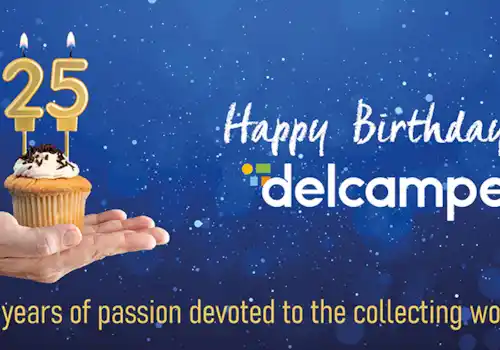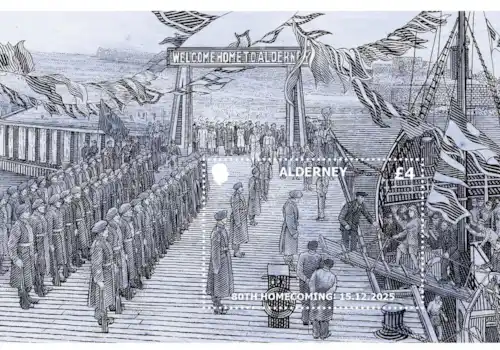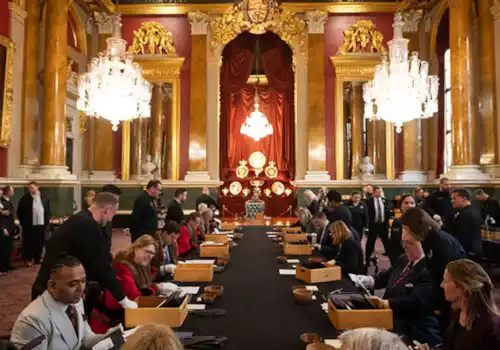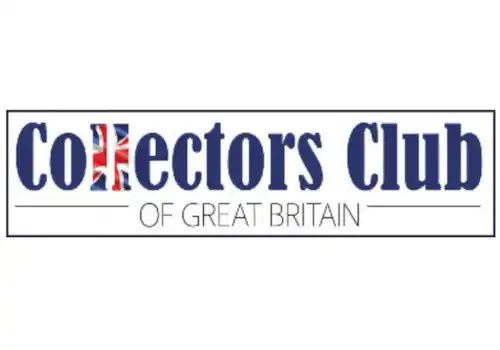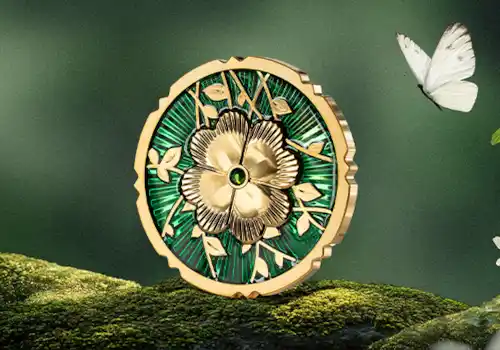17 February 2025
|
With Ghostbusters' becoming so popular, companies rushed to make merchandise that fans would want. Now some of this merchandise can be worth up to £250.
How much are Ghostbuster toys worth?
In 1986 Kenner released limited edition Ghostbusters toys, including action figures of the four main characters and the two most iconic villains of the first film, the Stay-Puft Marshmallow Man and Slimer (complete with watermelon, pizza and steak accessories for this hungry ghost).
Released in blister pack packaging with cardboard backing, these characters are worth around £50 loose, but in good condition original packaging the value rises to around £280. Kenner also released a plush hand puppet version of Slimer that could go for as much as £180 at auction, and a soft toy 15” Stay-Puft Marshmallow Man that’s worth between £160 and £240 today, dependent on condition.
Suggested article: Spaced out : Spacecraft and Missile toys of the 1950s
1987 saw Kenner release a toy version of the iconic Ecto-1, the Ghostbusters vehicle customised from a Cadillac hearse. Complete with Ghost Grabber and ghost to practice on, this was undoubtedly one of the coolest early toys and remains popular with collectors.
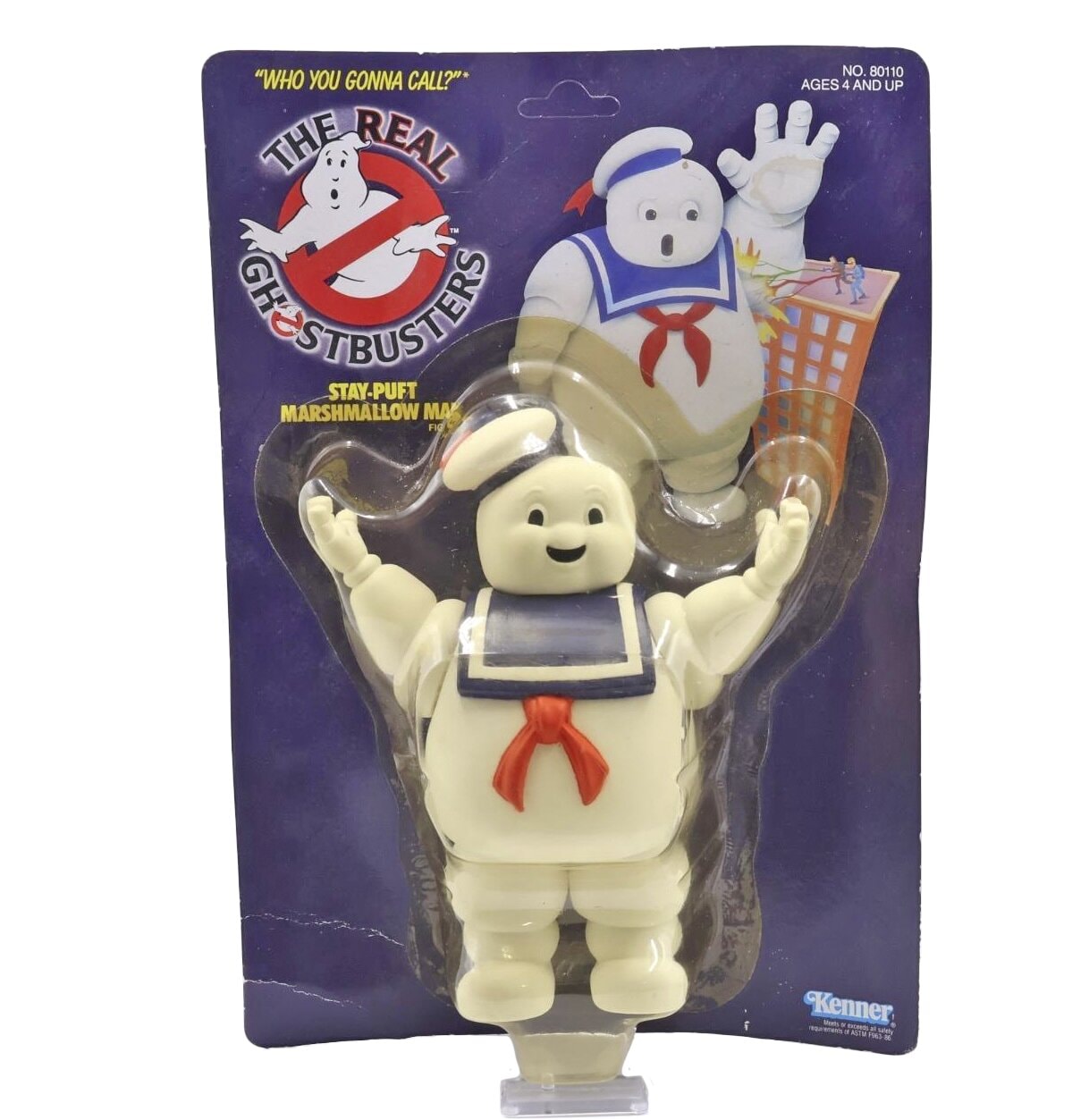
If you’re lucky enough to find this toy tucked away in your loft you’d be looking at around £250 at auction. Another item high on the wish list of every kid who wanted to attack ghosts was the Proton Pack worn by each Ghostbuster. The pack has a handheld wand that (according to the film’s lore, at least) threw a stream of highly polarised protons, connected to a backpack containing a miniaturised nuclear accelerator.
This stream enabled you to lasso and control a rogue spirit, manoeuvring them into a special ghost trap, but as every kid knew, great care must be taken to ensure you never cross the streams!
1988 saw dreams finally come true for young ghoul grabbers everywhere with Kenner’s release of the Proton Pack set, a child-sized backpack complete with ID card identifying you as an official Ghostbuster. If you’re lucky enough to find a good condition boxed Proton Pack in your loft then collectors could earn as much as £500 on the secondary market.
Trendmasters created a new line of figures, yet one member of the team was never released: despite consistently testing as the most popular character in focus groups, the wheelchair-using Garrett Miller’s figure never went beyond prototype. Sadly the series failed to go beyond its first season, and you can acquire packaged versions of the Trendmasters characters for around £30 online.
Their crowdfunding arm, HasLab, has just seen its £300+ Anniversary Editions of Ecto-1 featuring lights and sounds smash their financial goal, with nearly 17,000 customers (well over the 12,000 HasLab needed to go into production) due to receive their 6-inch scale replicas later this year.
All those tiny Ghostbusters of the ‘80s are all grown up, and they’ve got the financial freedom to ensure they definitely ain’t afraid of no ghost.
What is the story behind Ghostbusters?
The film tells the story of parapsychology professors (played by Saturday Night Live alumni Bill Murray and Dan Aykroyd, alongside Caddyshack director Harold Ramis) who establish New York’s first paranormal investigation and removal service to deal with dangerous, unpleasant or just downright annoying ghost activity across the city, keeping the ghosts they catch in their former Fire House HQ.
Soon joined by new recruit Winston Zeddemore (played by Ernie Hudson), the Ghostbusters battle a variety of spirits during the film, including the bright green Slimer, a constantly hungry entity comprised of ectoplasm who haunts the Sedgewick Hotel, manifesting only to gorge himself with room service.
Although they’re met with scepticism and mistrust from the authorities, the Ghostbusters end the film as heroes by saving the Big Apple from Gozer the Gozerian, a god of destruction who attempts to bring about the apocalypse.
An iconic moment comes when Gozer demands the Ghostbusters choose “the form of the destructor” who will destroy New York; despite trying to empty their minds, Dan Aykroyd’s Ray Stantz is unable to avoid imagining a beloved product mascot from his youth, and thus an enormous squishy 100-foot Stay-Puft Marshmallow Man appears, hell-bent on the carnage.
What caused the unexpected success of Ghostbusters?
Ghostbusters’ popularity left production company Columbia Pictures flat-footed, as many didn’t think it would break even, let alone make a profit: the chairman of Columbia’s parent company, Coca-Cola, even complained “Gee, we’re all going to lose our shirts.”
The film’s combination of special effects and wry comedy was an untested formula that even director Ivan Reitman was unsure of; it was only at the film’s first test-screening, that audiences reacted to the team’s early paranormal encounter with the Library Ghost with fear, laughter and applause that he realised it would work.
Unsurprising, then, that Ghostbusters didn’t have the wealth of merchandising behind it that toy collectors grew to expect from ‘80s blockbusters. What it did have was a killer theme song from Ray Parker Jr, who was approached only after almost 60 songs had been rejected, coupled with a video where celebrities including Chevy Chase, Danny DeVito and Carly Simon appeared to ask listeners “Who ya gonna call?” with the not entirely unexpected answer being, of course, “Ghostbusters!”
Despite losing out to Stevie Wonder’s “I Just Called To Say I Love You” for the Best Original Song Oscar, the theme topped the charts and is estimated to have added around £16 million to the film’s revenue.
Why was a Ghostbusters cartoon created?
With Ghostbusters' becoming so popular, companies rushed to make merchandise that fans would want. The result was 1986’s 'The Real Ghostbusters', an animated series continuing the team’s adventures.
Many were confused by the cartoon’s name, however; why would these clearly animated figures be the “Real” Ghostbusters? It actually had nothing to do with realism and everything to do with cash; the name was already owned by animation studio Filmation, from their 1975 live-action series The Ghost Busters, and had been licensed to Columbia for the first film for £400,000 and 1% of revenue.
Due to Hollywood’s ‘creative’ accounting practices, though, Ghostbusters never officially made a profit and so Filmation never saw any backend payment, making them wary when approached again.
Columbia and Filmation briefly explored making a cartoon together, but this rapidly fell through and Filmation decided instead to revive their own programme as an animated series, leaving Columbia needing to add “real” to their moniker.
But Filmation’s strategy backfired; they were (wrongly) accused of ripping off the film, and the series lasted only three months whilst The Real Ghostbusters ran from 1986 to 1991. Ernie Hudson was the only actor from the original film to audition to voice his Real Ghostbusters character but was unsuccessful, with the part going to future talk show host Arsenio Hall.
What Happened to The Real Ghostbusters After 1991?
Ghostbusters II was released in 1989 but didn’t recreate the first film’s success, garnering only half the original’s domestic take. After the demise of The Real Ghostbusters in 1991, an animated reboot was attempted in 1997’s Extreme Ghostbusters, featuring a new set of spectre snarers taking up the mantle of protecting NYC from spook shenanigans.
In recent years, multiple cinematic reboots of Ghostbusters have been made with varying levels of popularity. The most consistent success has probably come from merchandise, with Hasbro’s high-end replicas proving particularly attractive to fans.
If you're a toy collector you can stay up to date with the latest news by subscribing to the the Collectors Club of Great Britain's newsletter.

